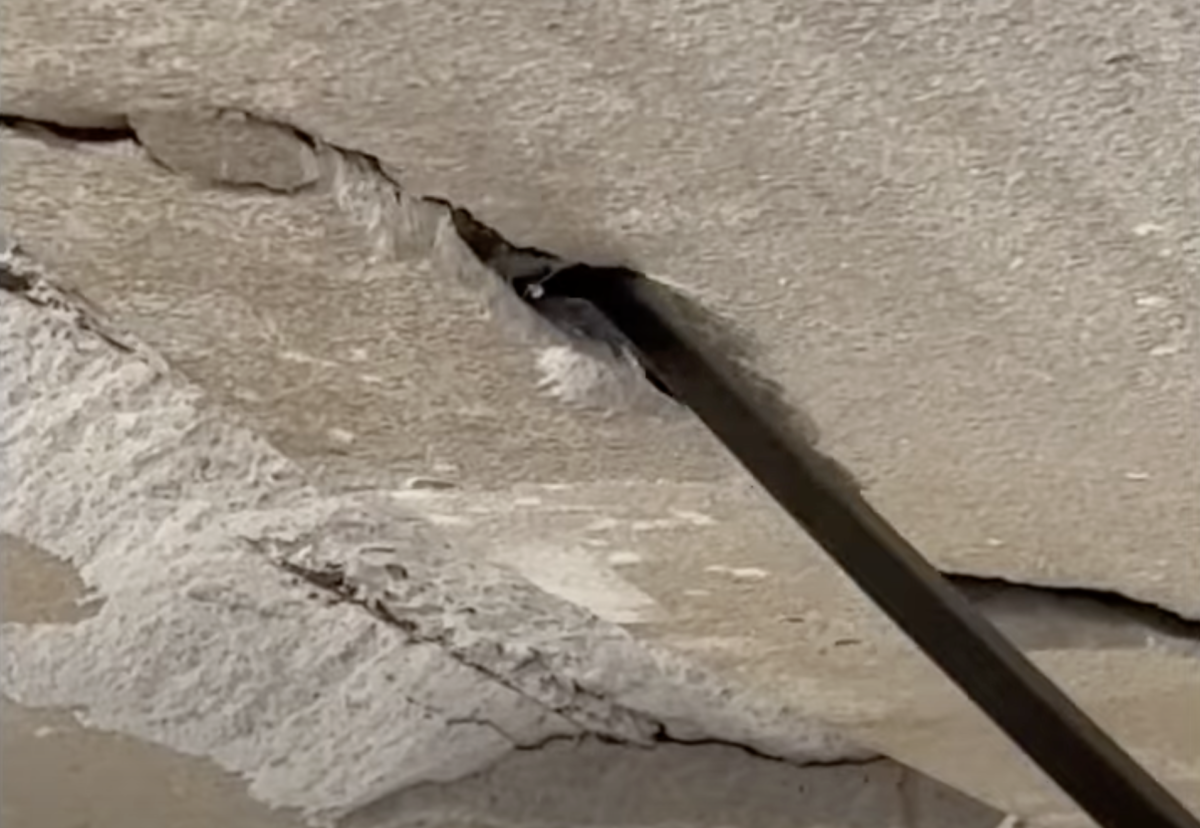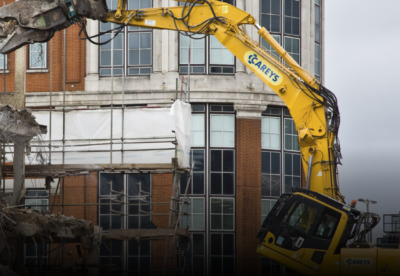In a statement to Parliament Gillian Keegan said surveyors discovered the non-critical RAAC failures during a programme of assessments started last September.
This led to the identification of three previously classified non-critical risk failures that happened without warning.
The first was in a commercial building setting, the second in a school, with the most recent failure, which came to light at the end of August, prompting the decision to close a further 104 school buildings.
She said: “In September 2022 we started a programme where the DFE sent a professional surveyor to assess whether RAAC is present.
“If RAAC was present, the previous DFE guidance was to grade it as critical or non-critical, and only take buildings out of use for critical RAAC cases.
“Such was the level of our concern, however, that I asked officials to seek evidence of risks, including to non-critical RAAC.
“It is because of this proactive approach that we discovered details of three new cases over the summer, where RAAC that would have been graded as non-critical had failed without warning.”
Keegan added: “The first was in a commercial setting. The second was in a school in a different educational jurisdiction.
“In that instance, the plank that failed remained suspended, resting on a steel beam. As the plank was fully intact, DFE engineers were able to investigate the situation. In their professional judgment, the panel affected would have been previously rated as non-critical, but it had failed.
“Ministerial colleagues and I were already extremely concerned, but then a third failure of RAAC panels occurred, at a school in England in late August. This was a panel that had previously been graded as non-critical.
“Because children’s safety is our absolute priority, it was right to make the difficult decision to change our guidance for education settings, so that areas previously deemed to contain non-critical RAAC are now being closed.”
Keegan confirmed the DfE will publish the list of the 156 schools with confirmed cases of RAAC this week, with details of initial mitigations in place.
After that, she pledged to provide updated information as new cases of RAAC were confirmed and existing cases resolved, following the safety reporting model adopted in the cladding fire safety crisis.
In an echo of action taken over RAAC in the hospital sector, contractors now fear there will be a further slippage in the school rebuilding programme as at risk schools are prioritised over others being worked on in the programme.
One told the Enquirer: “We saw this in the new hospital building programme when the Government suddenly added five hospital projects to its £20bn building programme due to the risk of structural collapse because of weak concrete.
“These replaced existing schemes rather than adding to the total programme. It looks like the same will happen in education now the Government is suggesting emergency work will be delivered within existing budgets.”
In the schools crisis statement to parliament Keegan said DfE official were working with three contractors to ramp up the supply of temporary buildings, and accelerated the installation of these.
She said: “We have the support of our leading utility companies to ensure that those classrooms can be opened. In the small number of schools with confirmed RAAC, disruption to face-to-face learning has usually lasted a matter of days.
“We will also fund the longer-term refurbishment or rebuilding projects, where these are needed, to rectify RAAC.”
About a third of schools surveyed have been found to have used RAAC concrete.
She revealed that the remaining 600 priority schools still needing surveys were now in an accelerated programme.









































 (300 x 250 px).jpg)






.gif)






